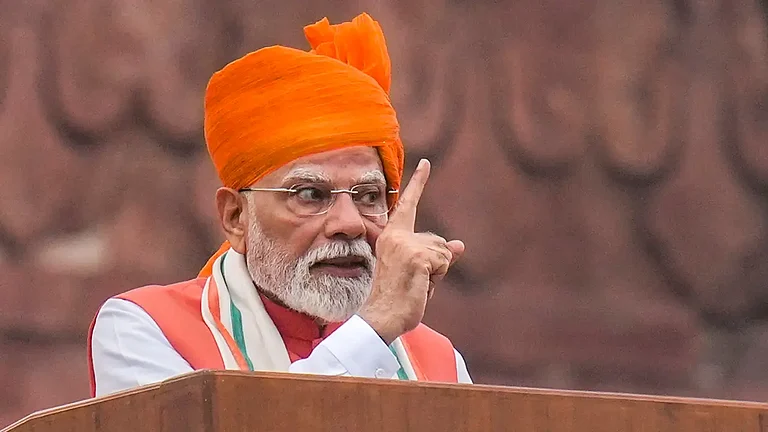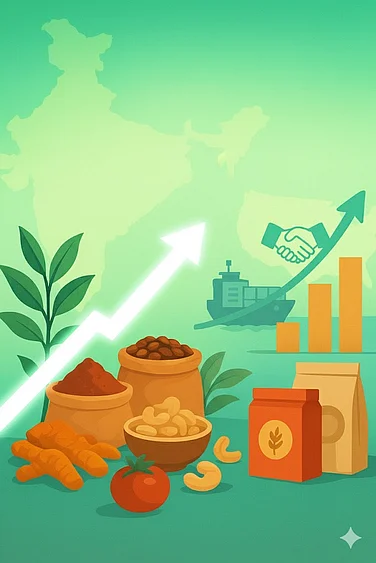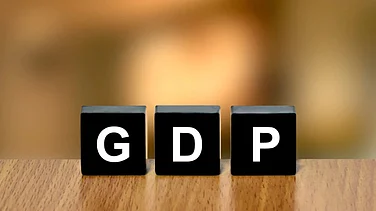
Centre may implement GST 2.0 with simplified two-rate structure soon.
GST Council, chaired by Nirmala Sitharaman, to deliberate changes September 3-4.
New GST slabs rollout likely September 22, coinciding with Navaratri demand.
Proposal shifts most goods to 5% and 18%, except sin items.
The central government may implement the Goods and Services Tax (GST) rate overhaul very soon, in order to stimulate demand in the economy.
According to a CNBC-TV18 report, the government may press the GST Council to approve the changes for immediate effect. In addition to that, the government is reportedly concerned about the possibility of slowing sales across key sectors and is working on mechanisms to address states’ apprehensions over potential revenue losses arising from the cuts.
Chaired by Union Finance Minister Nirmala Sitharaman, the GST Council is slated to meet in New Delhi on September 3-4 to deliberate on the Centre’s proposal for a simplified two-rate structure of 5% and 18%.
As per sources quoted by NDTV Profit, the rollout of the new tax slabs is likely around September 22 and will coincide with the Navaratri festive season. Notifications are expected within five to seven days of the Council’s decision.
Additionally, last week, the Group of Ministers (GoM) on GST rate rationalisation had approved the Centre’s push for a simplified two-slab tax system.
Few days back, Bihar Deputy Chief Minister Samrat Choudhary said that the GoM has accepted the proposal to scrap the existing 12 percent and 28 percent tax rates and move towards a dual structure of 5 percent and 18 percent.
The central government’s proposal will be placed before the GST Council during the upcoming meeting.
This move on GST 2.0 came against the backdrop of the Union Budget’s income tax relief earlier this year, which raised the annual exemption limit from ₹7 lakh to ₹12 lakh. According to officials in the finance ministry, the twin measures are believed to lower income tax and reduced GST rates, which in turn could provide a powerful push to consumption and then GDP growth.
Under the proposed structure, nearly 90% of taxable items currently in the 28% bracket would shift to the 18% slab. Almost 99% of goods in the 12% bracket would move down to 5%. Only 5–7 products, all considered “sin goods” such as tobacco, cigarettes, and gutkha, would attract a special 40% rate. “All aspirational items in the 28% will come down to 18%, and only the sin goods will carry the special rate,” a senior finance ministry official said.




























